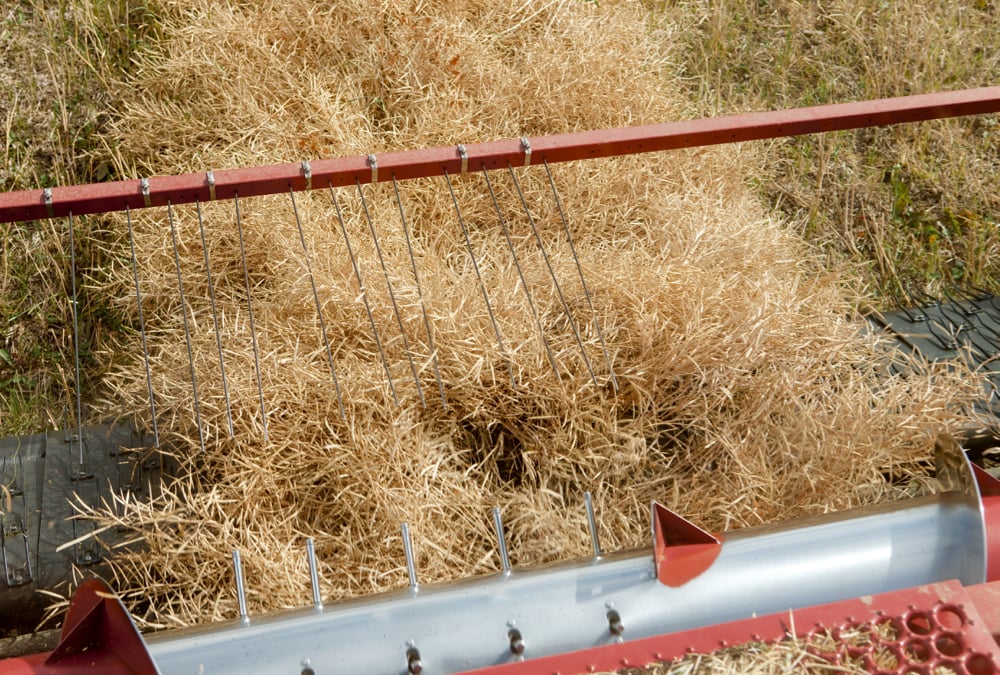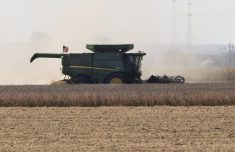Saskatchewan chicken producer Mike Pickard has been appointed to a three-year term on the Farm Products Council of Canada, which oversees supply managed sectors outside the dairy industry.
The 40-year-old council also oversees and approves industry-funded research, market development and promotion agencies.
Pickard, a Canadian Federation of Agriculture director and former Chicken Farmers of Canada director, lives in Saskatoon. His term started April 26.
He replaces Phil Klassen, a cow-calf and grain farmer and former dairy producer from Herbert, Sask..
Pickard’s appointment from the chicken sector comes as FPCC chair Laurent Pellerin reads the riot act to Chicken Farmers of Canada.
Read Also

Alberta harvest wrapping up: report
Harvest operations advanced to 96 per cent complete in Alberta as of Oct. 7, with only a few late-seeded cereal and canola fields remaining, according to the latest provincial crop report.
The agency is divided over the issue of how to distribute new production quota between provinces as the industry grows. Pellerin told CFC in March that it must either solve the problem by the end of summer or FPCC will impose a solution.
Pellerin also told the agency that it must update its cost-of-production calculations to be credible.
CFC relies on price setting based in part on cost of production, as well as production allocation and border controls to limit cheaper chicken product imports.
After speaking at the CFC meeting in Ottawa in March, Pellerin said the chicken cost of production calculation is out of date and doesn’t always reflect efficiency gains on the farm. A robust cost of production calculation is required to maintain credibility with consumers and the government.
Chicken Farmers of Ontario is conducting an update of cost of production data that other provinces suggest they can use as a benchmark, but Pellerin suggested that might not be enough to satisfy the need for credibility.
Regional calculations are also needed.
















